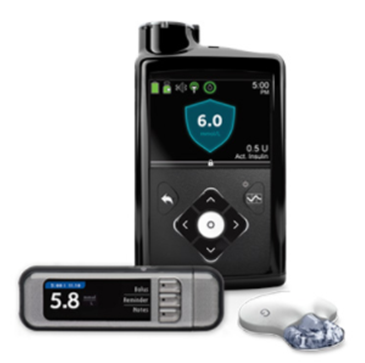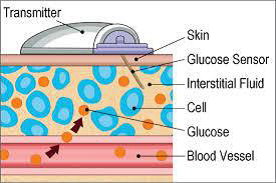Search

News & Events
Meet LaurelLeading international diabetes technology expert Laurel Messer visited Perth to share her experiences with closed loop systems at the Children’s Diabetes Centre’s Community Forum on March 28.

News & Events
Pump newsPump update: New changes to health insurance premiums, pump information evening and more

News & Events
Insulin pumps give better glycaemia outcomes for children than MDIChildren with type 1 diabetes using an insulin pump have better glycaemic control than to those using multiple daily injections (MDI) of insulin, a new Children's Diabetes Centre study has found.

News & Events
Would you like to have a mentor?Are you a parent of a child with Type 1 Diabetes who could benefit from having a mentor.... someone who knows what you are going through?

News & Events
Diabetes clinic: We've movedWith a little over a week before outpatient clinics move from Princess Margaret Hospital (PMH) to Perth Children’s Hospital (PCH), now is the time to familiarise yourself with all the information you need to know before you make your first visit.

News & Events
Does your school pass the test?Do you feel your child is well supported by their school when it comes to managing diabetes? If so, our researchers want to hear from you.

News & Events
Tips for a good clinic visitThe Diabetes Service at Perth Children’s Hospital cares for approximately 1000 children with diabetes. Read these tips to ensure you have a good visit.

News & Events
Ten Day Continuous Glucose Monitoring study – now recruitingThe Children’s Diabetes Centre is now recruiting for a new continuous glucose monitoring study.

News & Events
Camp volunteers neededDiabetes WA is looking for volunteers to take part in the PMH and Diabetes WA Camp for 9 and 10 year olds in Hillarys in September.

News & Events
Farewell TariniAfter nearly two-and-a-half years in sunny Perth, Dr Tarini Chetty is headed back home to Scotland. Before she departs our shores.
